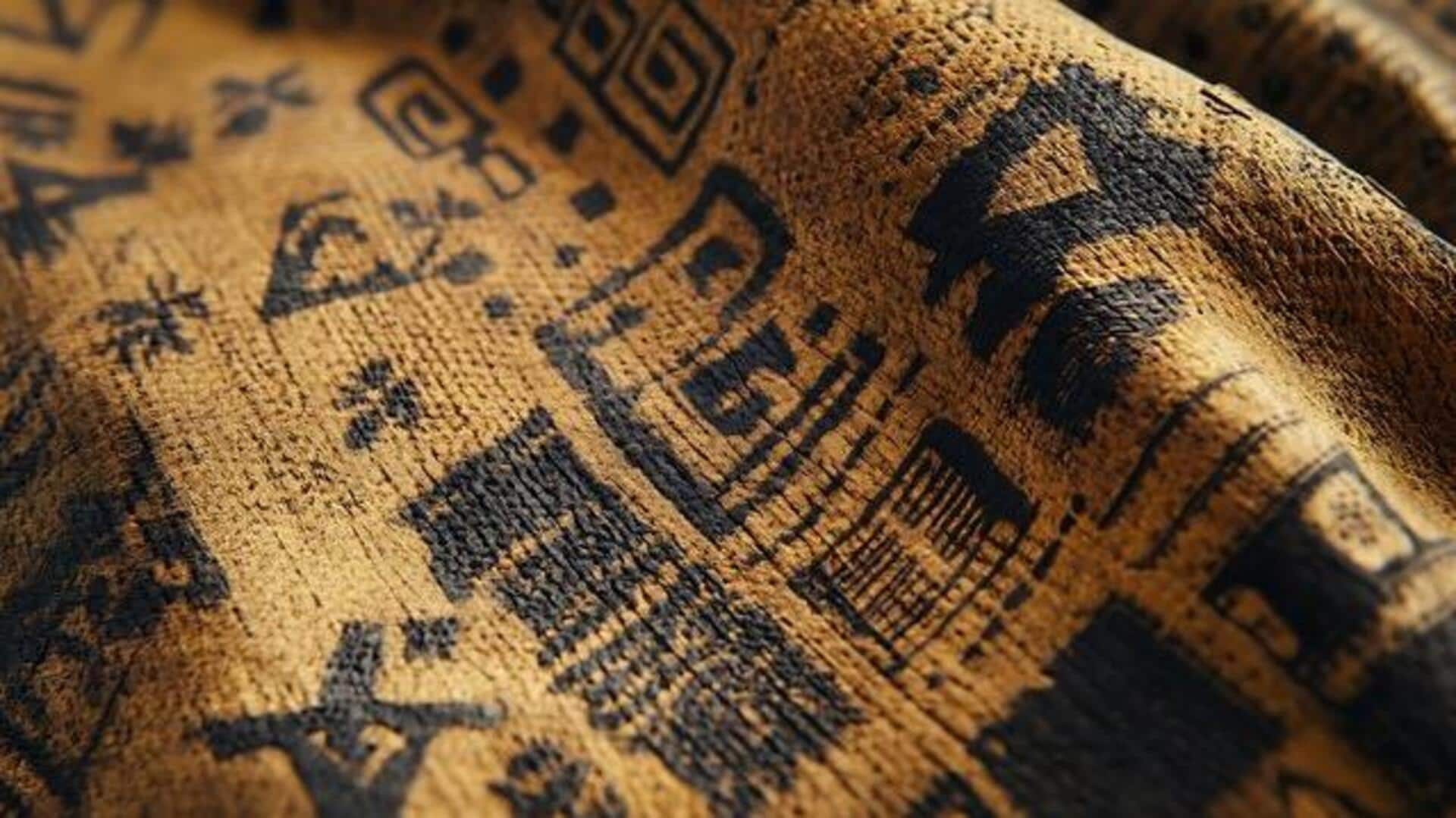
All about mud cloth
What's the story
Malian mud cloth, or Bogolanfini, is a traditional fabric of Mali. This unique textile is made with fermented mud and plant dyes to create intricate patterns. Mud cloth is made through the process of dyeing and painting with natural materials. It is popular for its cultural significance and aesthetic appeal. Knowing the techniques behind this art form can help you create stunning designs with confidence.
Materials
Understanding the materials
Cotton fabric, fermented mud, and plant-based dyes are the main materials used to make Malian mud cloth. The absorbent cotton acts as the base fabric. Mud is collected from riverbeds and fermented for up to a year before being used. Plant dyes are extracted from the leaves, bark, or roots of certain plants native to Mali.
Dyeing process
Mastering the dyeing process
The dyeing process starts by soaking the cotton fabric in a mordant solution from leaves/bark to absorb the dye. After drying, artisans apply the fermented mud on the fabric with sticks/brushes to make patterns. Once dried again under sunlight, the cloth is washed several times until only the dyed areas remain darkened.
Pattern creation
Creating patterns with precision
However, patterns on Malian mud cloth are not only decorative but also hold deep cultural significance, telling stories through symbols such as animals and geometric shapes. For these intricate designs, artisans adeptly use tools like sticks or combs, which are dipped in dye mixtures for precision. This meticulous process ensures that each pattern is applied with care, maintaining symmetry and the unique storytelling aspect of the fabric's surface.
Preservation tips
Preserving your mud cloth creations
To ensure longevity of your Malian mud cloth creations: Avoid direct sunlight exposure, which may fade colors over time. Hand wash gently using mild soap without scrubbing harshly. Air dry flat away from heat sources. Store folded neatly inside breathable bags when not displayed prominently within homes' interiors, where they add character effortlessly!